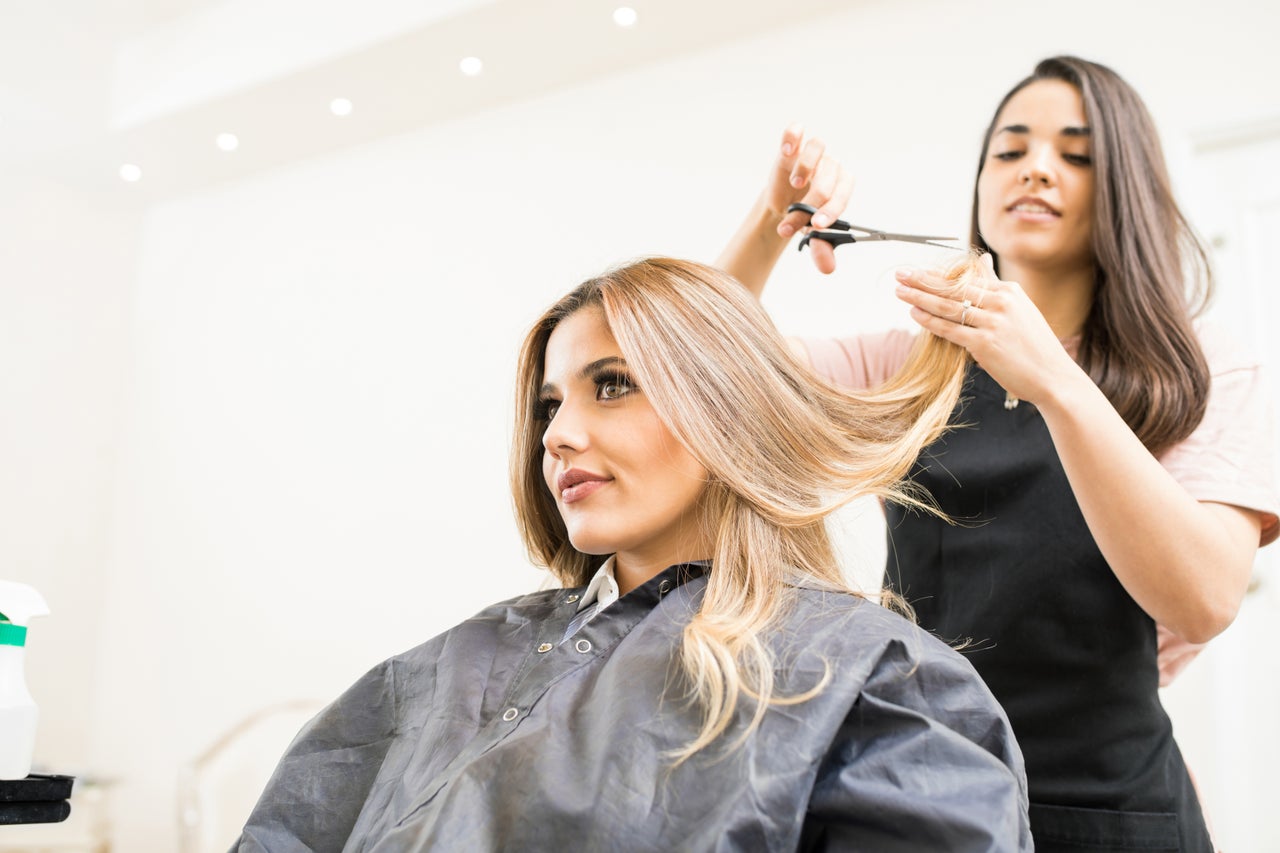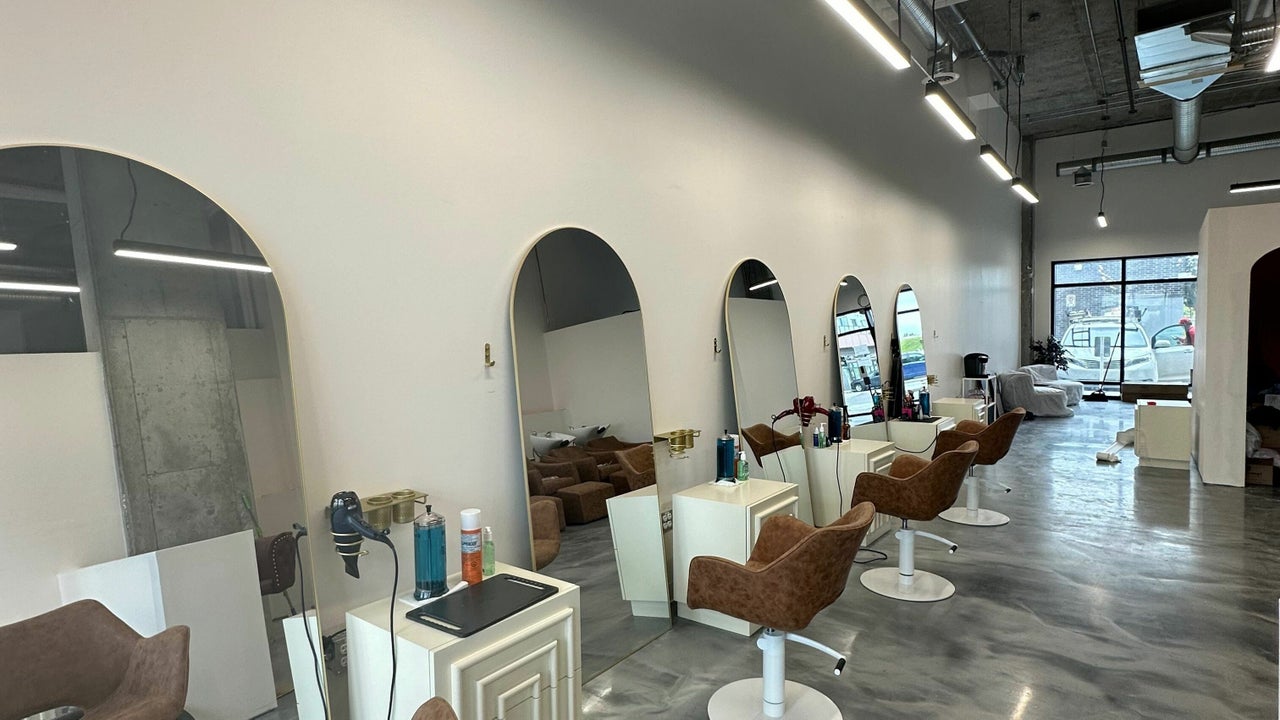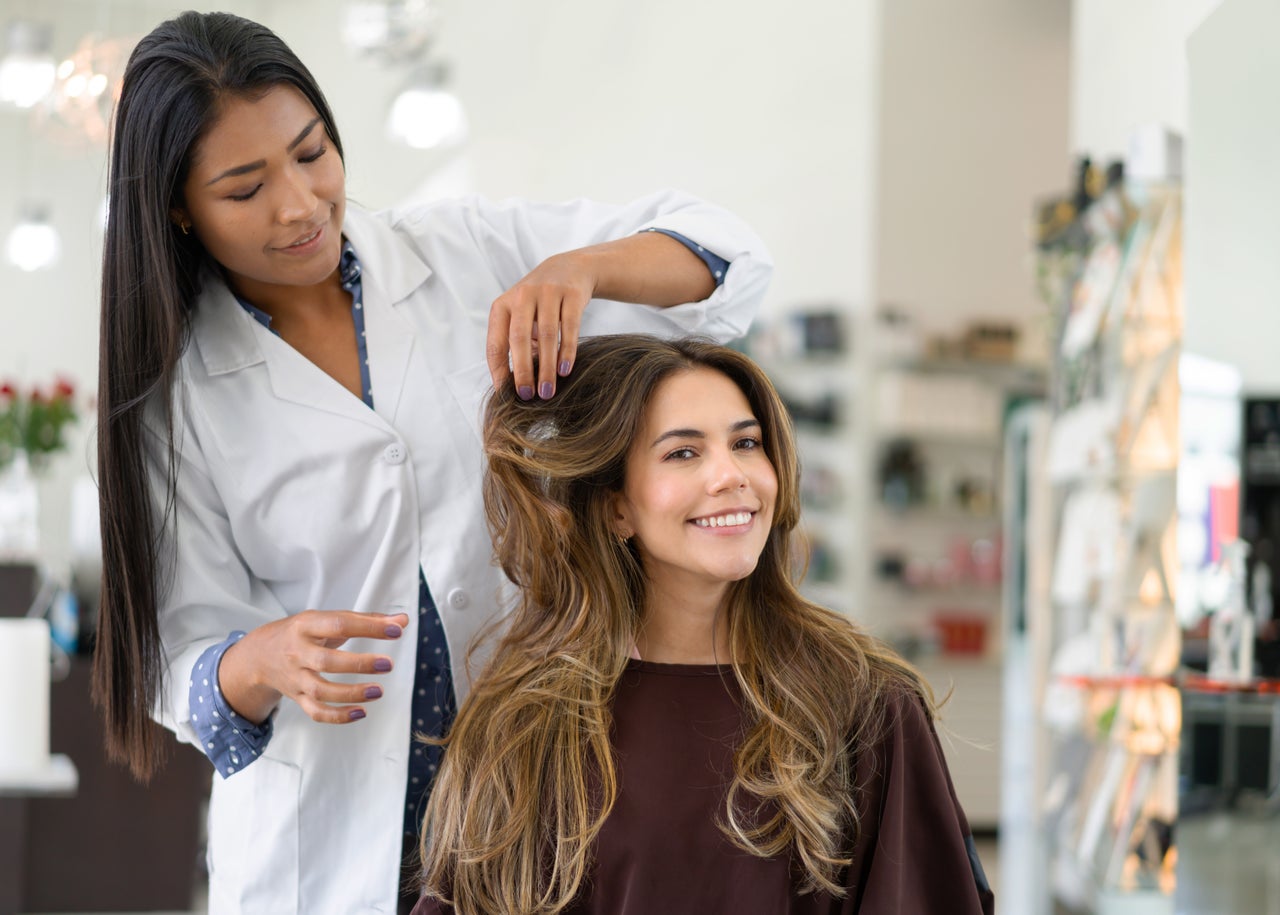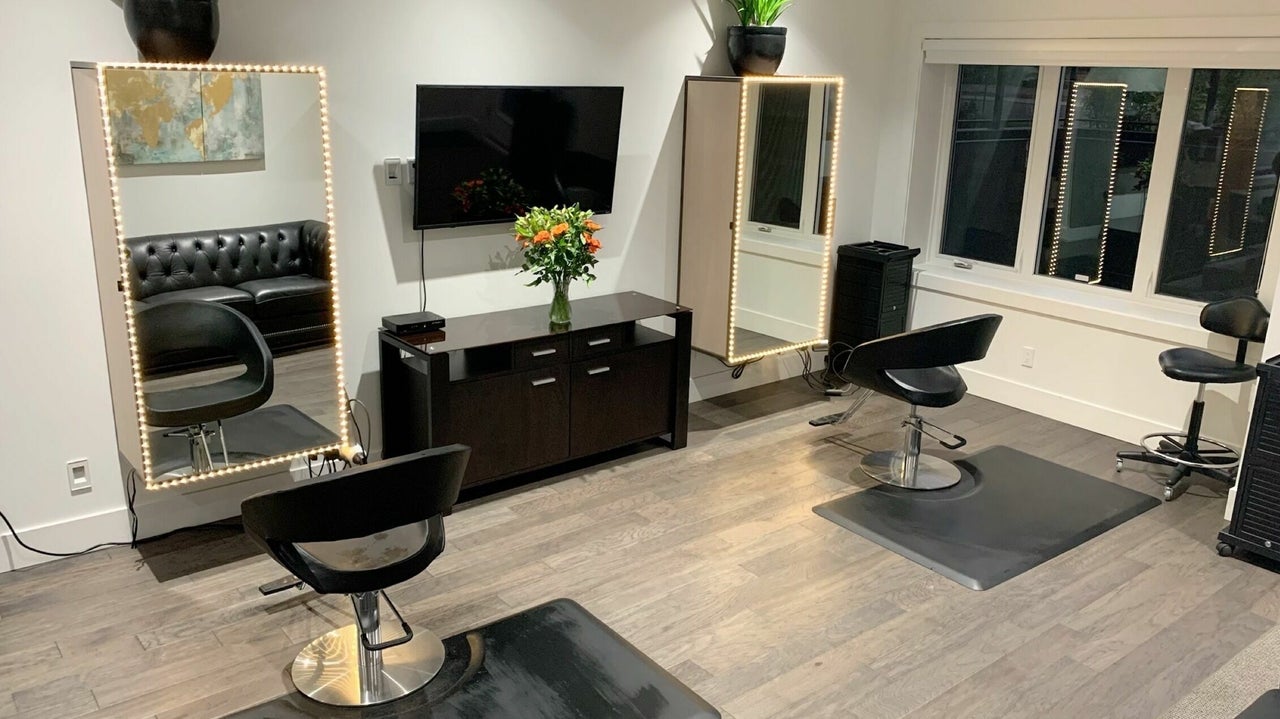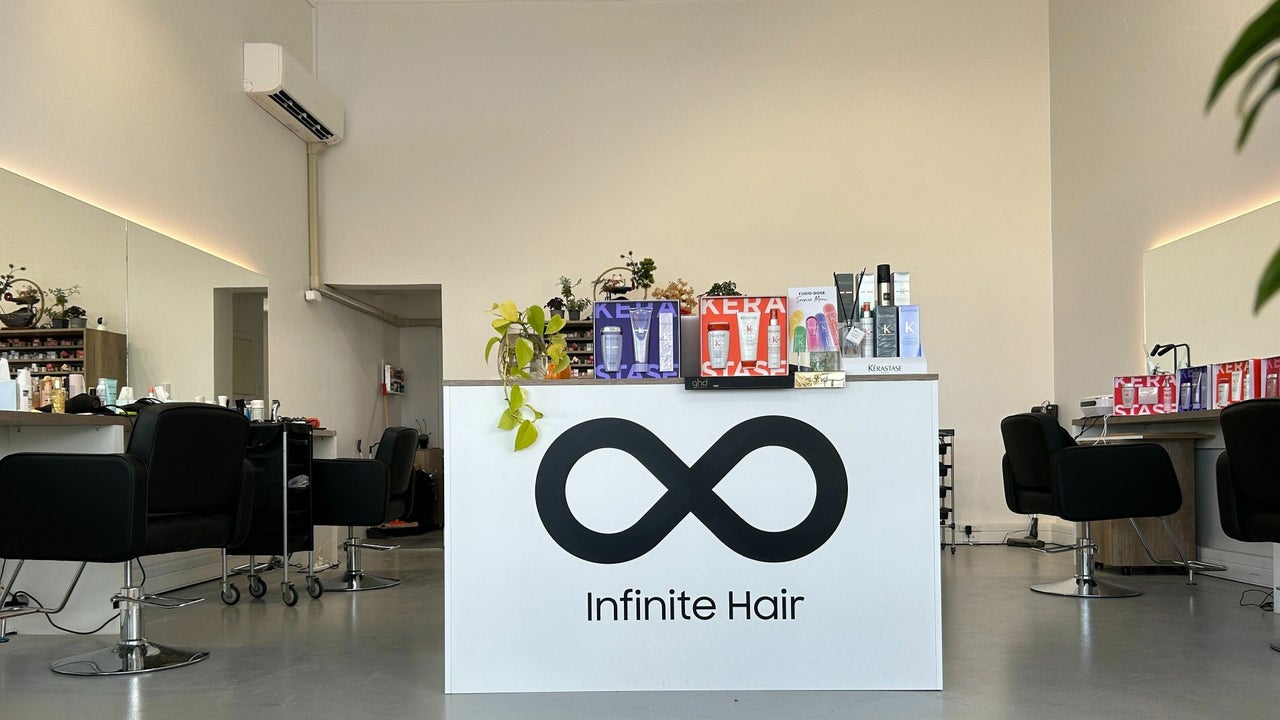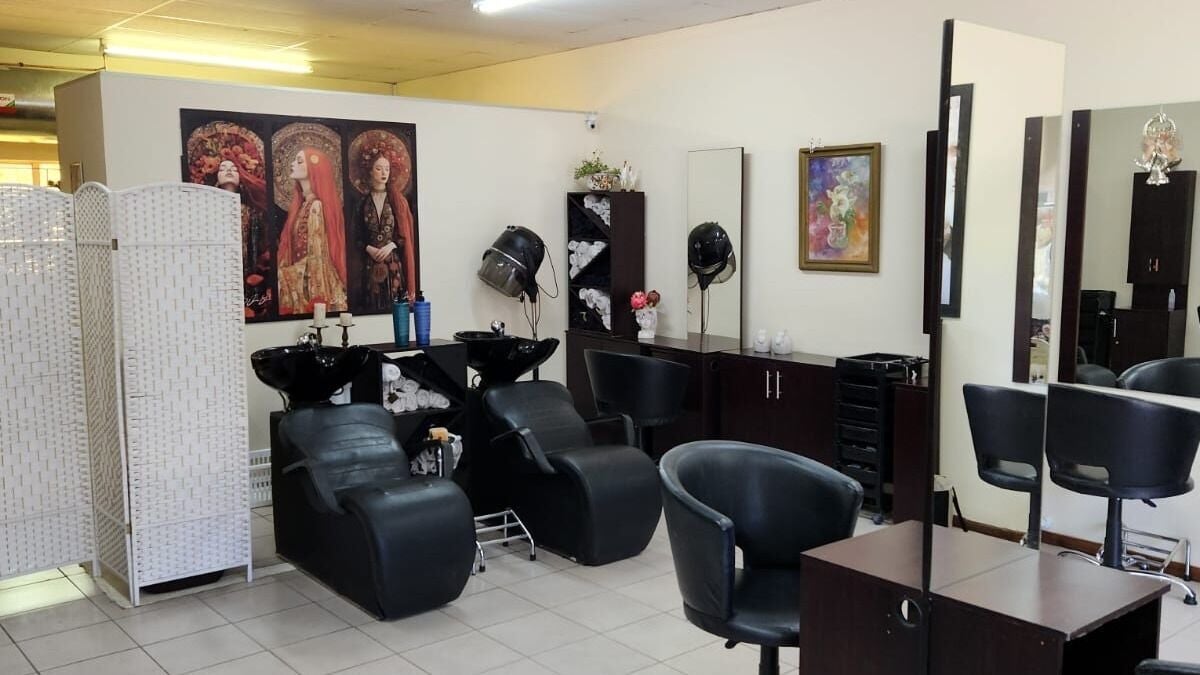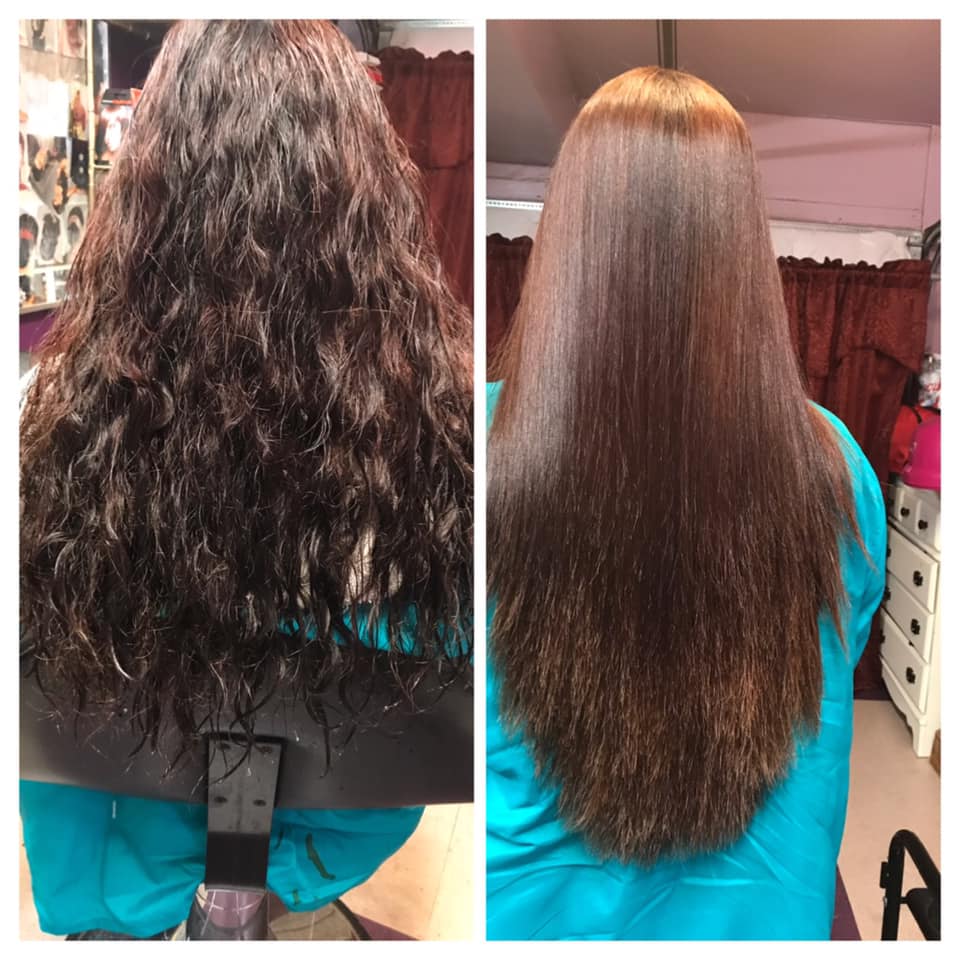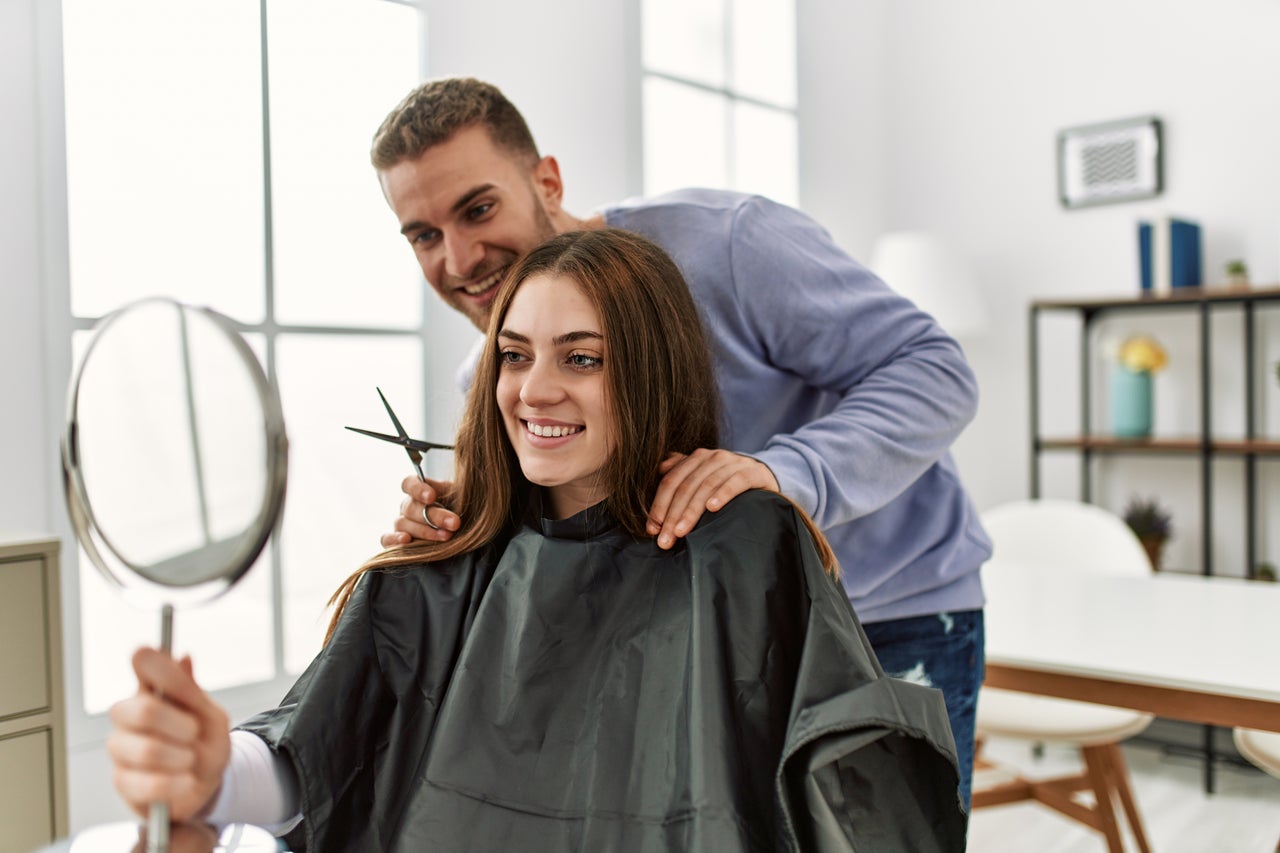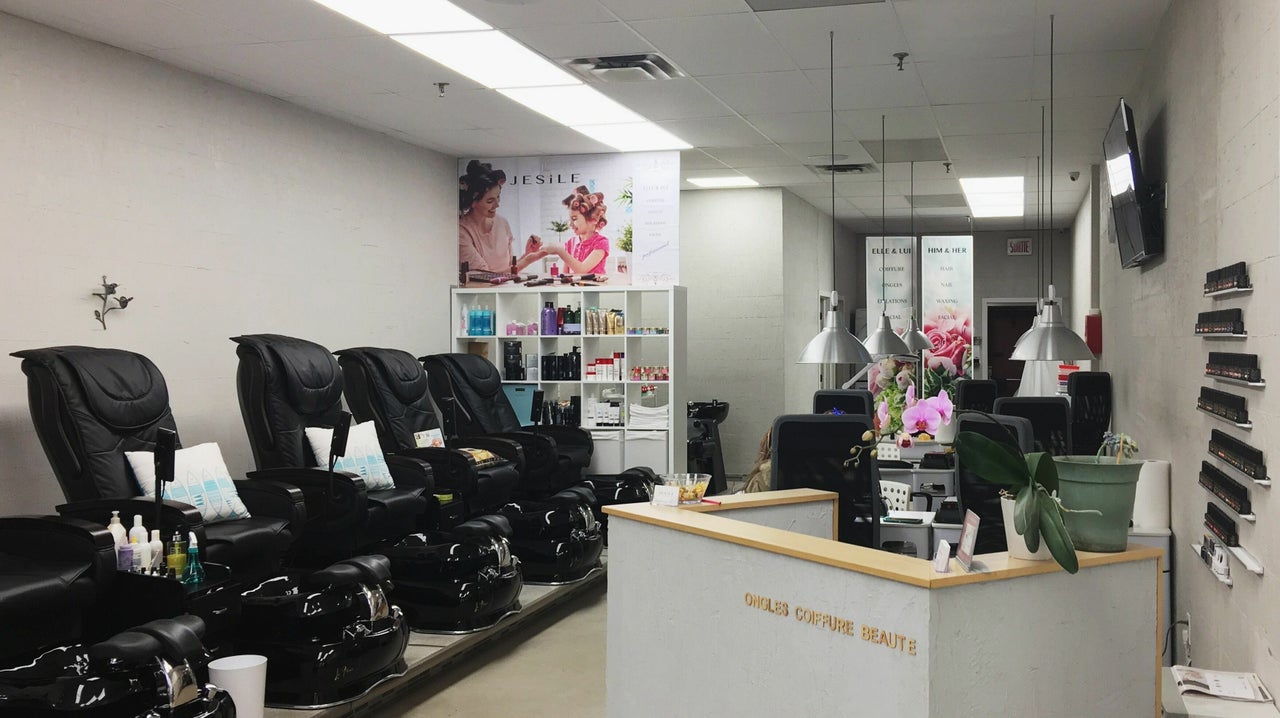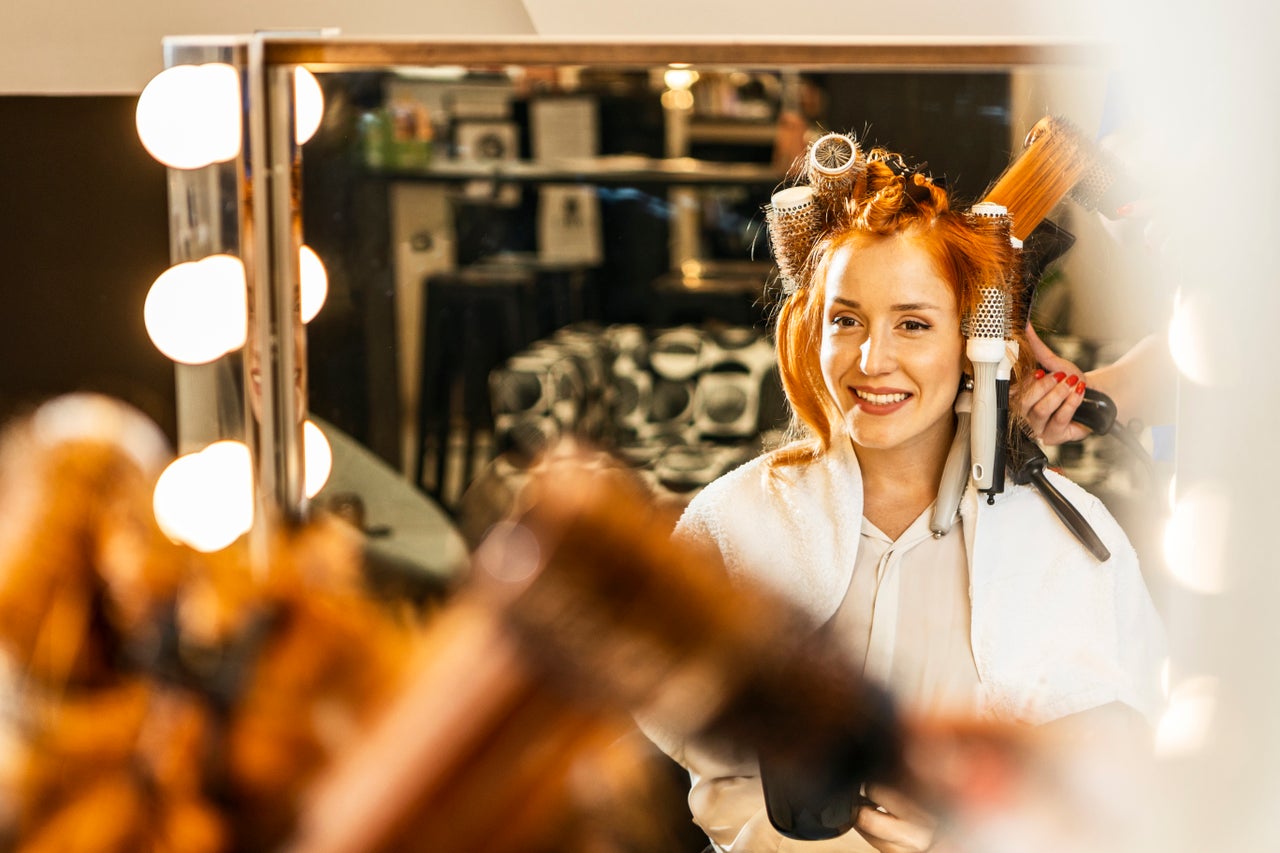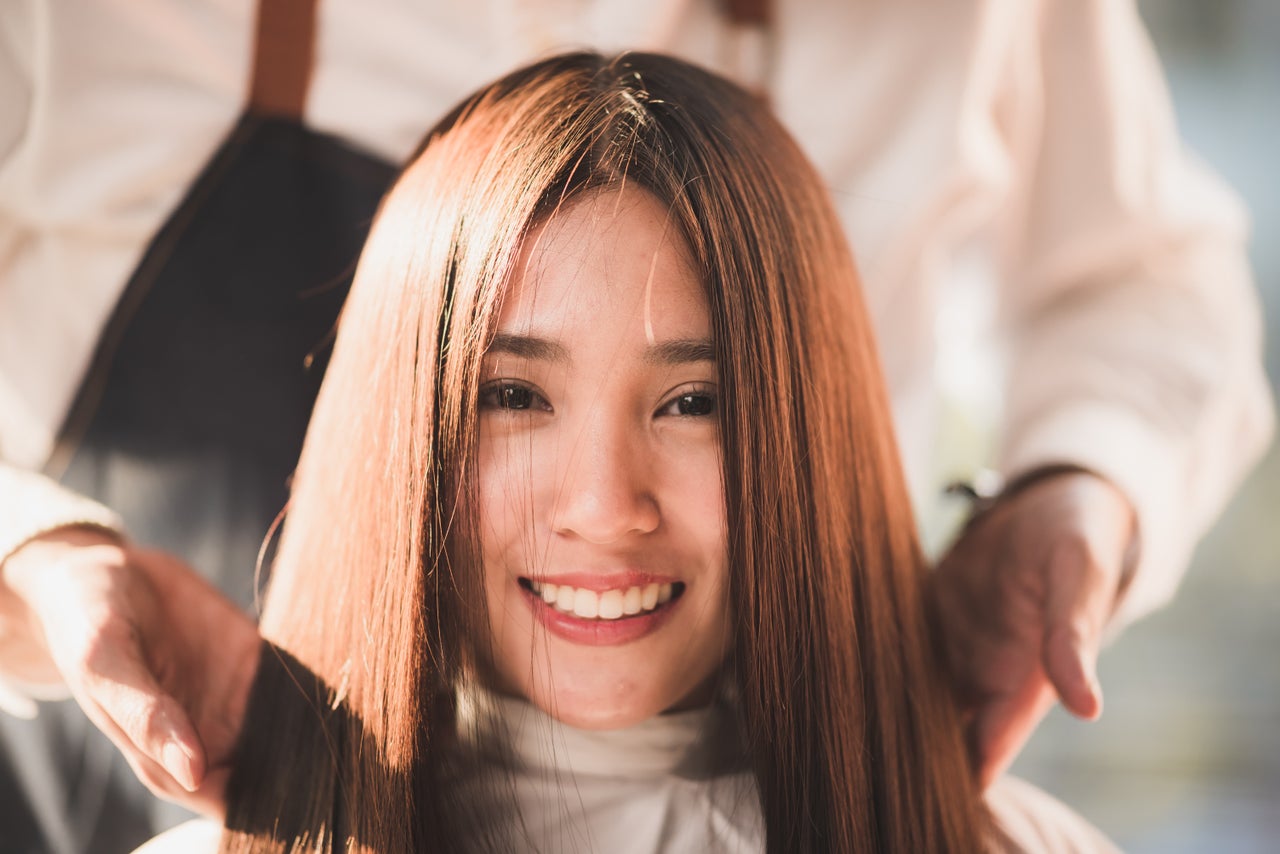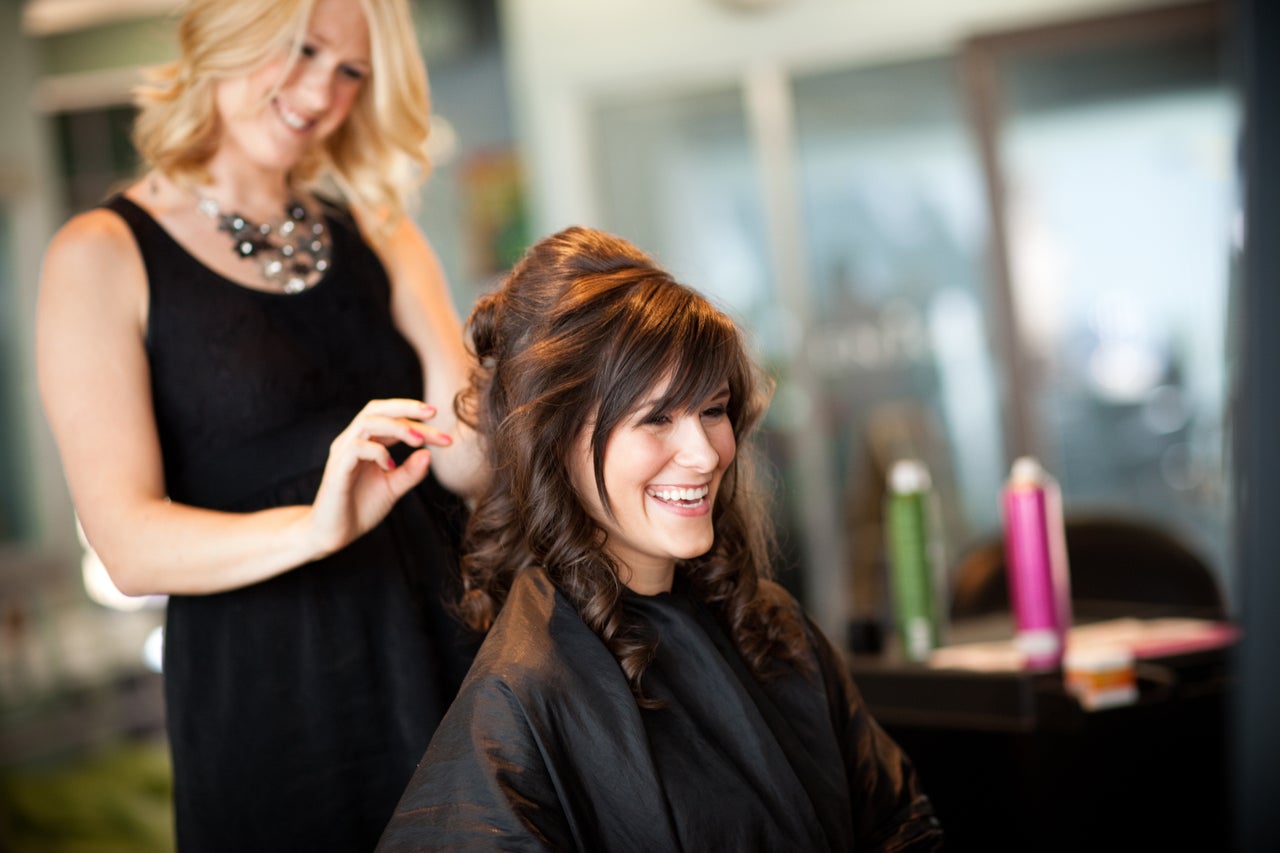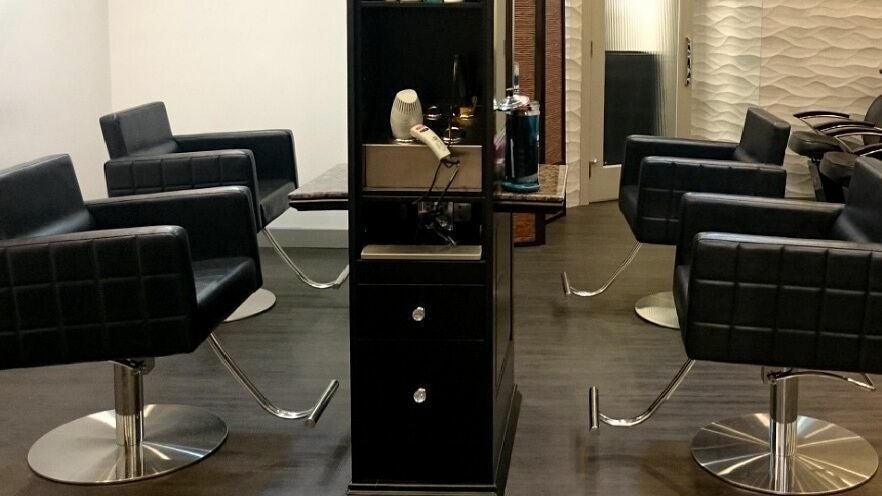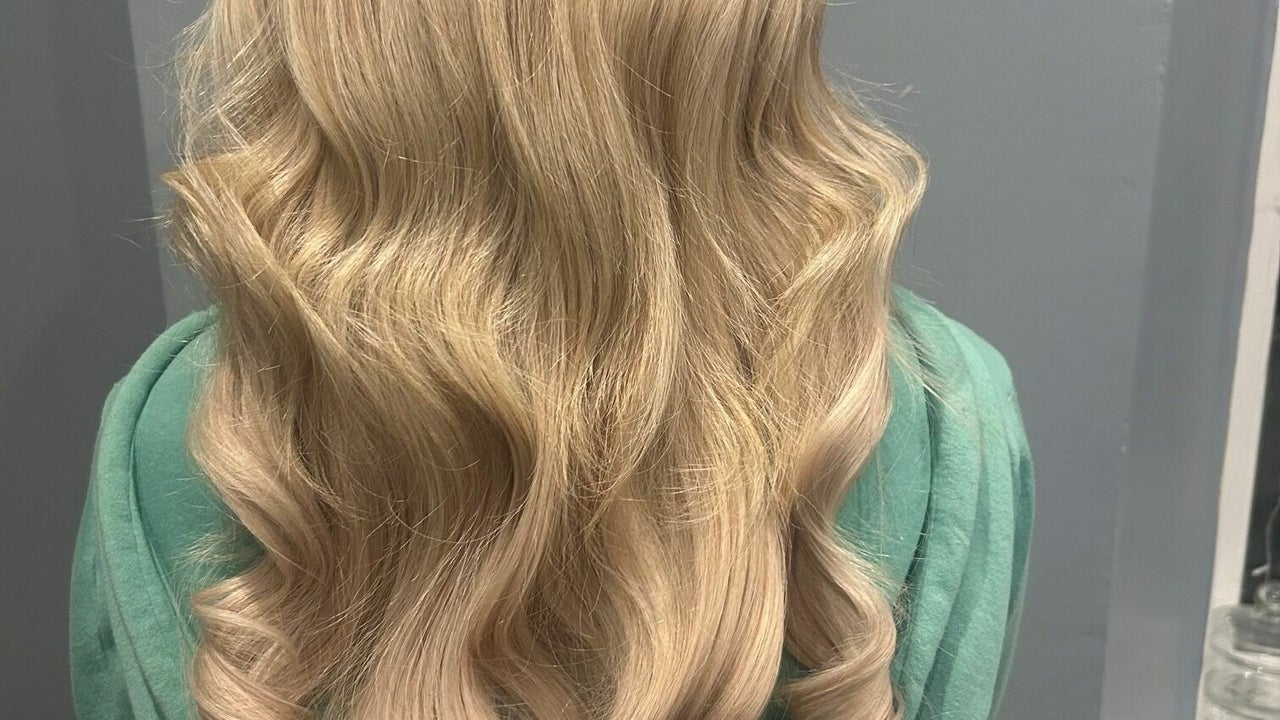Permanent Straight Hair Salon Near Me
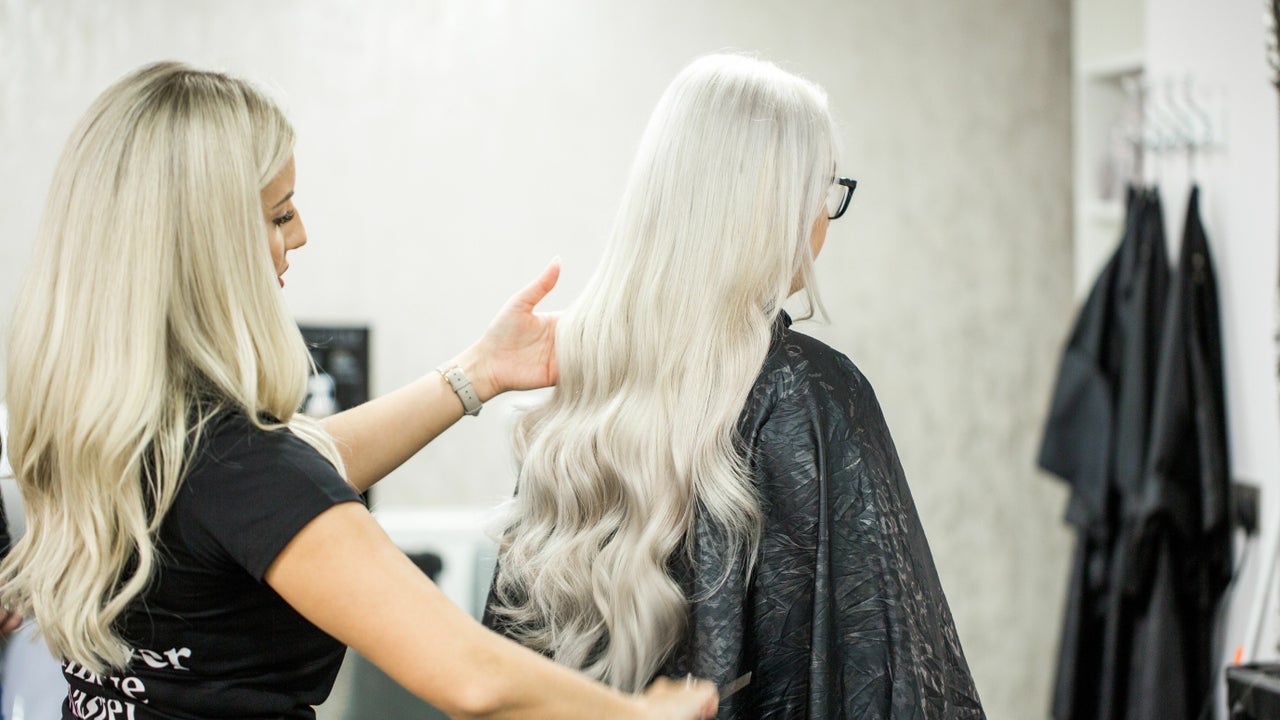
The quest for sleek, permanently straight hair continues to fuel a thriving, yet often misunderstood, segment of the beauty industry. For many, the promise of waking up every day with effortlessly straight locks is a dream worth pursuing, driving them to search for the elusive "Permanent Straight Hair Salon Near Me." However, navigating the world of chemical hair straightening requires careful consideration, weighing the potential benefits against the risks involved.
This article delves into the realities of permanent hair straightening services offered by salons, examining the common techniques, the potential impacts on hair health, and expert advice for those considering this transformation. We will explore the science behind the process, the importance of qualified stylists, and what consumers should know before committing to permanent straightening treatments.
Understanding Permanent Hair Straightening Techniques
Permanent hair straightening, also known as thermal reconditioning or Japanese straightening, fundamentally alters the structure of the hair. These treatments use chemicals, often containing formaldehyde or formaldehyde-releasing compounds, to break down the hair's natural bonds.
Once the bonds are broken, the hair is reshaped into a straight configuration using a flat iron. The process concludes with a neutralizer to lock in the new shape and re-establish some of the hair's bonds, albeit in a straightened state.
Common Methods and Ingredients
Several techniques fall under the umbrella of permanent hair straightening. Japanese straightening, often associated with brands like Yuko, is a popular method known for its long-lasting results.
Other systems use different chemicals, such as thioglycolate, to achieve similar results. The key ingredient to look out for is generally a reducing agent, which is the active ingredient that restructures the hair.
"The effectiveness and safety of these treatments heavily depend on the stylist's skill and the quality of the products used," says Dr. Anna Ramirez, a board-certified dermatologist specializing in hair disorders.
Risks and Considerations
While the allure of permanently straight hair is strong, it's crucial to acknowledge the potential risks associated with these chemical treatments. Hair damage is a common concern, ranging from dryness and breakage to significant weakening of the hair shaft.
Scalp irritation and allergic reactions are also possible, particularly for individuals with sensitive skin. In some cases, the chemicals can cause temporary hair loss or changes in hair texture.
Formaldehyde Concerns
The presence of formaldehyde or formaldehyde-releasing compounds in some straightening products has raised significant health concerns. Formaldehyde is a known carcinogen and can cause respiratory problems, skin irritation, and other adverse health effects.
Many salons now offer "formaldehyde-free" options, but it's essential to scrutinize the ingredients list and understand what chemicals are being used instead. Even "formaldehyde-free" products may contain chemicals that release formaldehyde under certain conditions.
Finding a Qualified Salon and Stylist
Choosing a reputable salon with experienced and well-trained stylists is paramount to minimizing risks and achieving desired results. Look for salons that specialize in permanent hair straightening and have a proven track record of successful treatments.
Before committing to a treatment, schedule a consultation to discuss your hair type, desired outcome, and any potential concerns. Ask the stylist about their experience, the products they use, and the steps they take to protect the health of your hair.
Important Questions to Ask
Inquire about the stylist's training and certifications related to permanent hair straightening. Ask to see before-and-after photos of their previous clients with similar hair types to yours.
Clarify the ingredients used in the straightening solution and any potential risks associated with them. Discuss the maintenance required after the treatment and the long-term effects on your hair health.
Maintenance and Aftercare
Proper aftercare is essential for maintaining the results of permanent hair straightening and minimizing damage. Use sulfate-free shampoos and conditioners designed for chemically treated hair.
Avoid excessive heat styling, such as blow-drying and flat ironing, as this can further weaken the hair. Regularly deep condition your hair to replenish moisture and prevent breakage.
Alternatives to Permanent Straightening
For those hesitant to commit to permanent straightening, several temporary or semi-permanent alternatives exist. Keratin treatments, also known as Brazilian blowouts, can smooth and straighten hair for several months.
These treatments typically use formaldehyde or formaldehyde-releasing agents, but often in lower concentrations than permanent straightening solutions. Other options include temporary straightening methods, such as flat ironing and blow-drying, which can provide a sleek look without chemically altering the hair structure.
The Future of Hair Straightening
The beauty industry is constantly evolving, with ongoing research and development aimed at creating safer and more effective hair straightening methods. Scientists are exploring alternative chemicals and techniques that minimize damage and reduce the risk of adverse health effects.
As consumer awareness grows, salons are increasingly offering gentler, more customizable straightening options. The key is to stay informed, prioritize hair health, and make informed decisions based on individual needs and preferences.
Ultimately, the search for the perfect "Permanent Straight Hair Salon Near Me" should begin with a thorough understanding of the process, the risks involved, and the importance of finding a skilled and responsible professional. Only then can individuals confidently pursue their desired look without compromising the health and integrity of their hair.
